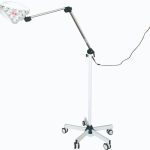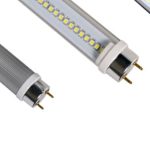LED or Not: How to Easily Spot if Your Light is LED?
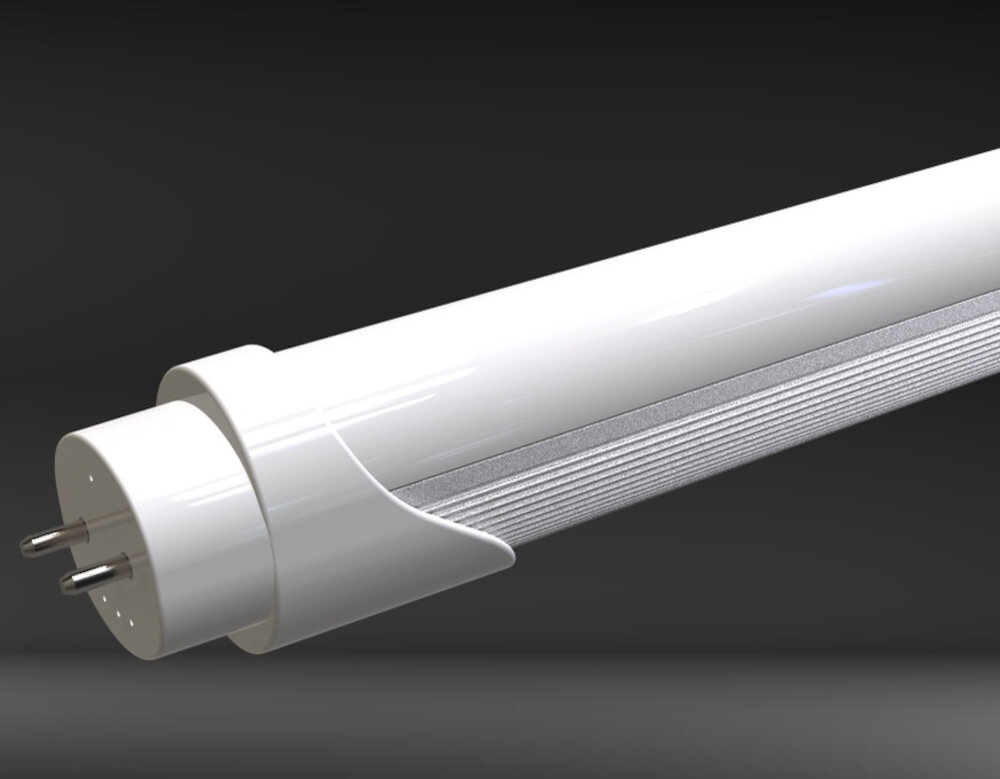
In the modern era of technology, the use of LED lights is becoming increasingly popular due to their energy efficiency, long lifespan, and versatility. However, with so many types of lighting options available, it can be challenging to determine whether a light is LED or not. This can be a crucial factor, especially when it comes to making informed decisions about energy consumption and cost savings. Fortunately, there are several easy ways to spot if a light is LED or not, which can help you make the right choice. The first and most straightforward method to identify LED lights is to look for the LED label or logo on the package or bulb itself. Most LED lights will have a clear indication that they are LED, such as a label or logo that says \LED\ or \Energy Star.\ This label is often located on the front of the packaging or on the bulb itself. If you cannot find an LED label or logo, there are other ways to determine if a light is LED or not, such as examining the color and quality of the light, or looking at the type of fixture or bulb.
LED lights, or Light Emitting Diodes, are a popular choice when it comes to lighting solutions. They are small, energy-efficient, and can last up to 25 times longer than traditional incandescent bulbs. LED lights are made up of a semiconductor material that emits light when an electric current passes through it. Unlike incandescent bulbs that produce light by heating a filament, LED lights do not generate heat and are therefore cooler to the touch. This makes them a safer choice and reduces the risk of fire hazards. Additionally, LED lights are available in a range of colors and can be dimmed to suit different lighting needs. Overall, LED lights are a great option for those looking for an efficient, long-lasting, and versatile lighting solution.
Identifying whether a light is LED or not is crucial for various reasons. Firstly, LED lights are more energy-efficient and cost-effective compared to traditional incandescent bulbs. Therefore, using LED lights can significantly reduce electricity bills and save money in the long run. Secondly, LED lights last longer and are more durable, reducing the need for frequent replacements. Thirdly, LED lights emit less heat, making them safer to use and reducing the risk of fire hazards. Lastly, identifying LED lights can help individuals make more informed purchasing decisions, ensuring they get the benefits of LED lighting technology. Overall, identifying whether a light is LED or not is an essential step towards achieving energy efficiency, cost savings, and safety.
Check the packaging
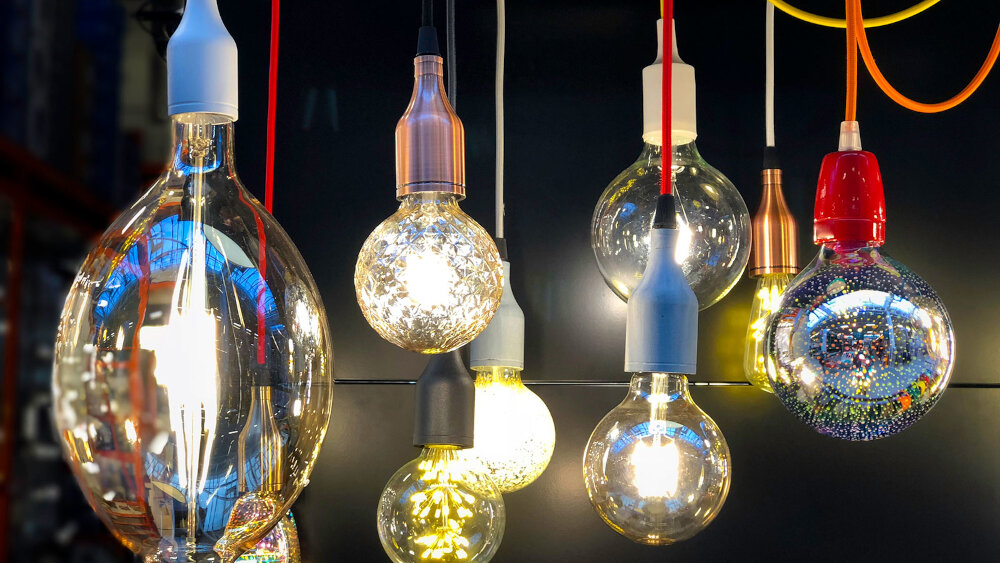
When it comes to identifying whether a light is LED or not, one of the easiest ways to do so is by checking the packaging. LED lights are gaining popularity, and manufacturers are keen to market them as LED. Therefore, the packaging of LED lights is usually labeled as LED, making them easy to identify. The packaging will also indicate the color temperature, wattage, and lumens, which can be used to compare the LED light with other types of lighting. Checking the packaging can also provide information on the brand and manufacturer, which can be useful in determining the quality of the LED light. It is essential to note that not all LED lights have proper packaging labeling. Some manufacturers may attempt to mislead consumers by labeling their products as LED, even if they are not. Therefore, it is crucial to do thorough research before purchasing an LED light to ensure that it is genuinely an LED. This can be done by checking the manufacturer’s website, reading customer reviews, and consulting with experts in the field. Ultimately, checking the packaging should be the first step in identifying whether a light is LED or not, but it should not be the only step taken.
When it comes to buying lights, it’s important to know what you’re getting. One thing to look out for is labeling that indicates that the light is LED. LED lights are becoming increasingly popular due to their energy efficiency and long lifespan, so it’s worthwhile to make sure you’re getting the most bang for your buck. The labeling may be as simple as the letters \LED\ printed on the packaging or on the light itself. By taking a moment to check for this labeling, you can ensure that you’re making an informed and environmentally conscious choice.
When it comes to lighting, there are various options available in the market, but the most energy-efficient and long-lasting lighting solution is LED. LED stands for Light Emitting Diode, and it uses a semiconductor to convert electricity into light. Unlike traditional incandescent bulbs that release 90% of their energy as heat, LEDs are cool to touch and use less energy, making them more eco-friendly. LEDs also have a longer lifespan, lasting up to 50,000 hours, which makes them a cost-effective option in the long run. Other types of lighting, such as fluorescent and halogen bulbs, may be cheaper in the short term, but they require more energy and need to be replaced more frequently. Understanding the difference between LED and other types of lighting can help you make an informed decision when purchasing lighting solutions for your home or business.
Look at the color
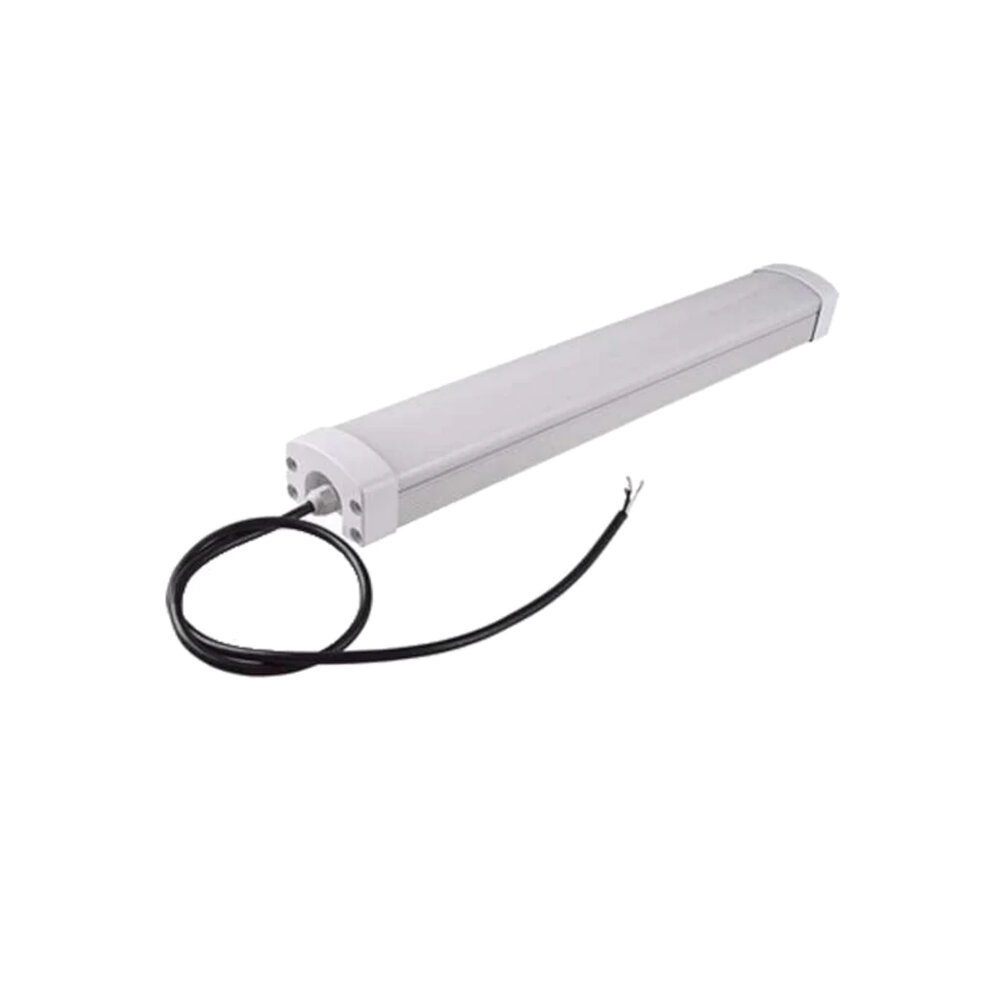
The color of a light can reveal a lot about its technology, including whether it is LED or not. LED lights generally emit a cooler, whiter light than traditional incandescent bulbs. If you are unsure whether your light is LED or not, take a close look at the color temperature. LED lights typically have a color temperature between 2700K and 6500K, which is measured on the Kelvin scale. If the light emits a warm, yellowish glow, it is likely not LED. On the other hand, if it emits a bright, white light, it is probably LED. Additionally, LED lights do not emit UV radiation, so if your light does not emit UV radiation, it is also probably LED. It is important to note that the color of a light can also vary depending on the manufacturer and model. Some LED lights may emit a warmer or cooler light than others, so it is always a good idea to check the packaging or manufacturer’s website for more information on the color temperature. Additionally, some LED lights may have a color-changing feature or may be dimmable, so be sure to check the features of your light to determine if it is LED or not. Overall, taking a close look at the color of your light can help you easily spot if it is LED or not.
One of the easiest ways to identify LED lights is by their cooler and bluer color temperature. This is due to the fact that LED lights have a higher color temperature compared to traditional incandescent bulbs. Color temperature is measured in Kelvin (K), and LED lights typically have a color temperature of around 5000K to 6500K, which produces a bright white light. In contrast, incandescent bulbs have a lower color temperature of around 2700K to 3000K, which produces a warm yellowish light. Therefore, if you notice a cooler and bluer light, it is most likely an LED bulb.
While LED lighting has gained popularity in recent years due to its energy efficiency and brighter, cooler light, other types of lighting are still widely used. These types of lighting, such as incandescent and halogen, may emit a warmer, more yellow hue. This type of lighting can create a cozy and inviting atmosphere, but it can also be less efficient and have a shorter lifespan than LED lighting. One way to easily spot if your light is LED is to look for a bright, white light with a slightly bluish tint. However, it’s important to consider your lighting needs and preferences when choosing between LED and other types of lighting.
Check the heat
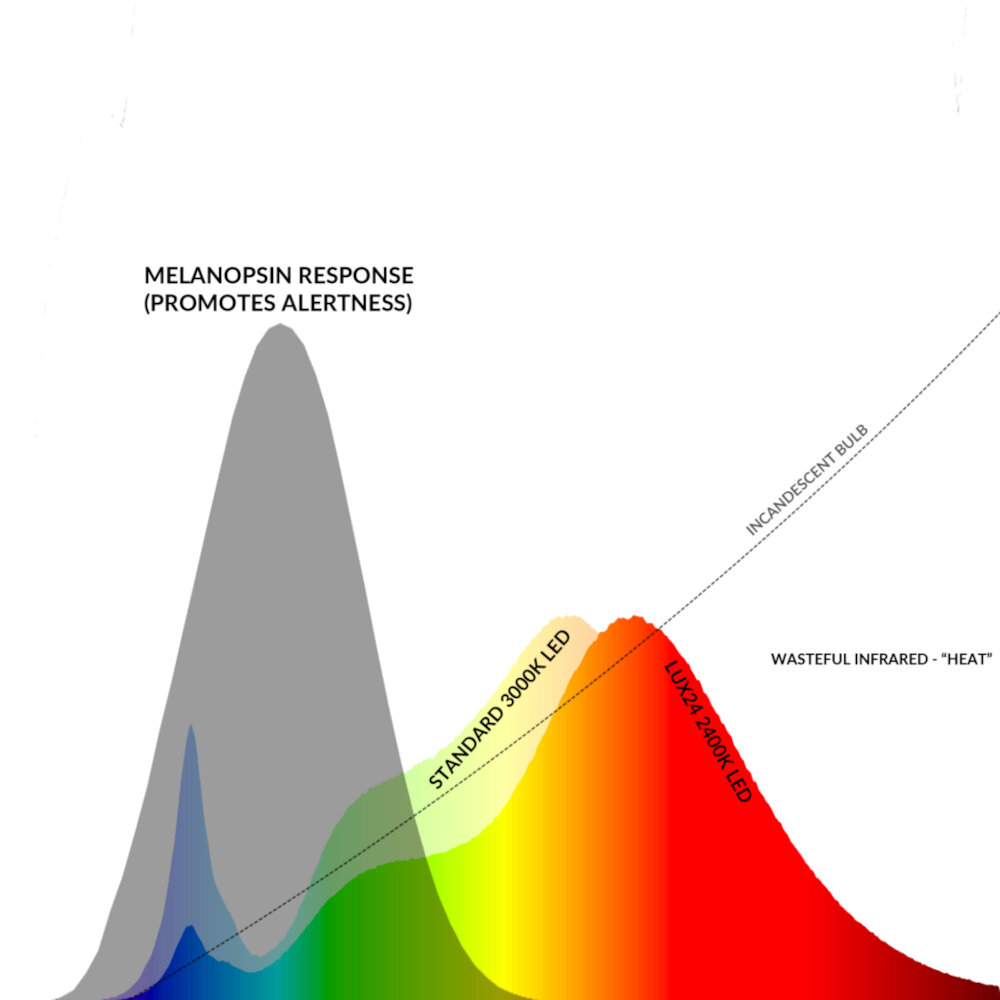
When it comes to determining if your light is an LED, one of the easiest and most effective methods is to check the heat that it generates. LED lights are known for their energy efficiency, and as a result, they produce very little heat compared to traditional incandescent bulbs. This means that if you touch an LED bulb or lamp, it should feel relatively cool to the touch, even after being on for an extended period. In contrast, incandescent bulbs can become dangerously hot, sometimes reaching temperatures well over 200 degrees Fahrenheit. Therefore, if you find that your light is producing a significant amount of heat, it’s likely not an LED. It’s important to note that some LED lights still generate a small amount of heat, especially if they’re being used in a confined space or are in contact with other objects that can trap the heat. However, for the most part, LED lights are known for their cool operation, and if you notice that your light is producing a substantial amount of heat, it may be time to consider switching to an LED alternative. Not only will this help reduce your energy costs, but it will also make your home safer by minimizing the risk of fire or burns caused by hot light bulbs.
One of the most significant advantages of LED lights is that they generate less heat than other types of lighting. LED lighting technology has made it possible to produce highly efficient lighting solutions that consume less energy and produce less heat. Unlike incandescent bulbs, which emit 90% of their energy as heat, LED lights convert almost all of their energy into light, resulting in significantly lower heat production. This not only makes LED lights more energy-efficient but also safer and more durable, as excessive heat can damage both the light source and the surrounding area. Therefore, if you want to identify whether your light is LED or not, you can simply touch it and see if it produces excessive heat.
If you’re unsure whether a light bulb or fixture in your home is LED or not, there’s a simple trick you can use to tell the difference. If you touch the bulb or fixture and it’s cool to the touch, then it’s most likely LED. LED bulbs emit very little heat, which means they stay cool even after being on for an extended period of time. On the other hand, traditional incandescent bulbs and even some CFL bulbs can become quite hot to the touch. So if you’re looking to upgrade your home’s lighting to a more energy-efficient option, use this trick to easily determine which fixtures to replace with LED bulbs.
Use a magnet
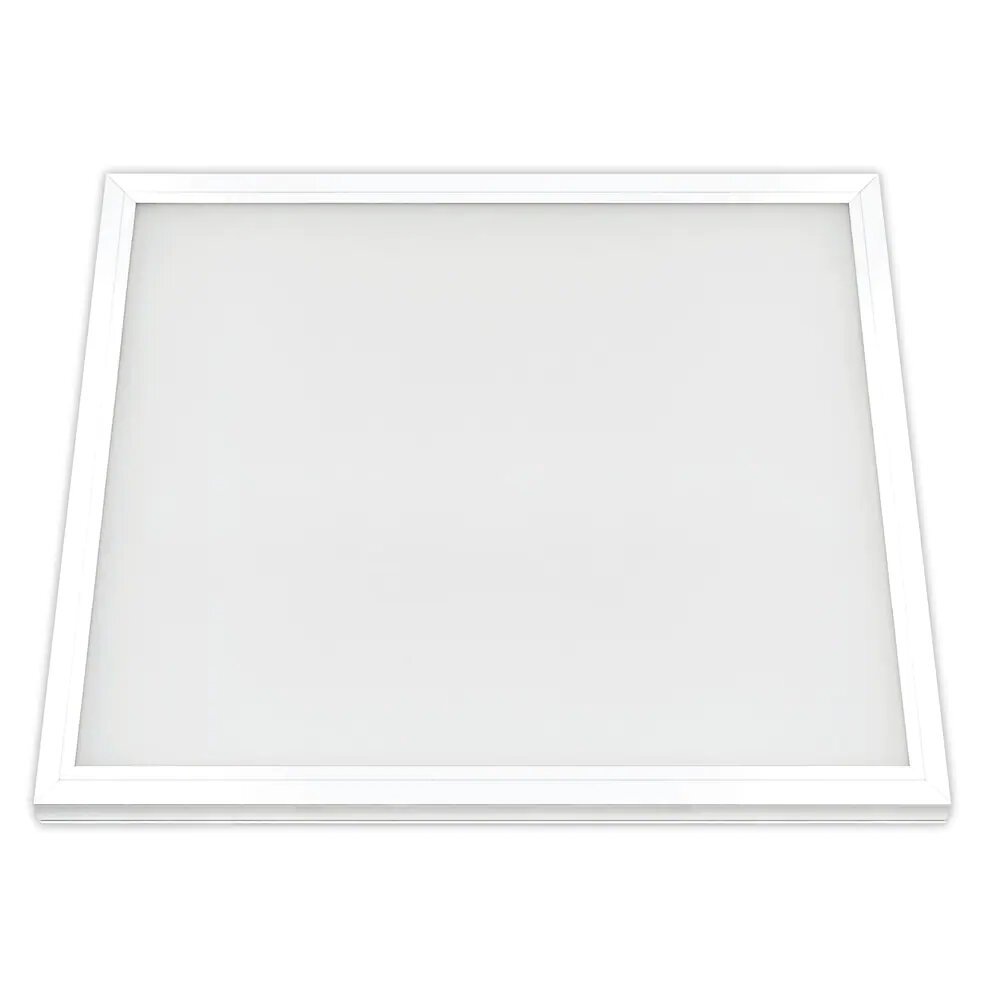
If you want to easily determine whether your light bulb is an LED or not, one simple method is to use a magnet. LED bulbs are typically made with plastic and do not contain any metal components. On the other hand, traditional incandescent bulbs and fluorescent bulbs contain metal filaments or electrodes, respectively. By using a magnet, you can quickly identify the type of bulb you have. If the magnet is attracted to the bulb, it is likely not an LED. However, if the magnet does not stick, it is most likely an LED bulb. It is important to note that this method may not be foolproof as some LED bulbs may contain small metal components. Additionally, some incandescent bulbs may be made with plastic coatings that can prevent the magnet from sticking. However, in most cases, using a magnet can be a quick and easy way to determine whether your light bulb is an LED or not. By knowing the type of bulb you have, you can make informed decisions about energy efficiency and replacement options.
One of the simplest ways to identify LED lights is to use a magnet. LED lights do not contain magnetic materials, which means that a magnet will not stick to them. Unlike traditional light bulbs which often use metal filaments or other magnetic components, LED lights rely on semiconductors to produce light. This makes them more energy-efficient and longer-lasting, but it also means that they lack the magnetic properties found in other types of lighting. By testing your light bulbs with a magnet, you can quickly and easily determine whether they are LED or not, helping you to make informed decisions about your lighting needs.
In the article titled \LED or Not How to Easily Spot if Your Light is LED,\ it is mentioned that other types of lighting may contain magnetic components, causing a magnet to stick. This can be problematic as it may lead to confusion in identifying whether the light is LED or not. It is important to note that magnetic components are not present in LED lights, making them easy to distinguish. Therefore, it is crucial to be aware of the differences between LED and other types of lighting to ensure that you are making the right choice when it comes to selecting the appropriate lighting for your needs.
Identifying LED lights is a crucial task for anyone who wants to save money, energy, and time. LED lights are more energy-efficient than traditional incandescent bulbs, which means that they will help you save money on your electricity bills in the long run. Additionally, LED lights last longer than incandescent bulbs, which means that you won’t have to replace them as often. This is not only cost-effective but also environmentally friendly since fewer bulbs will end up in landfills. Furthermore, LED lights emit less heat than incandescent bulbs, making them safer to use in enclosed spaces. Overall, identifying LED lights is a smart move that can benefit your wallet, the environment, and your safety.
Spotting whether a light is LED or not is a simple task that requires some basic knowledge about the characteristics of LED lights. The easiest way to identify an LED light is by its color temperature, as LED lights typically emit cooler, bluer light than traditional incandescent bulbs. Another method is to look at the packaging or labeling of the light, as LED lights are often clearly marked as such. Additionally, LED lights typically use less energy and last longer than traditional bulbs, so if a light is energy-efficient and has a long lifespan, it is likely an LED. Finally, if all else fails, you can try shining a flashlight on the light bulb to see if it produces a solid beam of light or a series of dots, as LED lights use a cluster of small diodes to produce light, while traditional bulbs use a single filament. With these tips, you’ll be able to easily spot whether your light is LED or not.
Conclusion
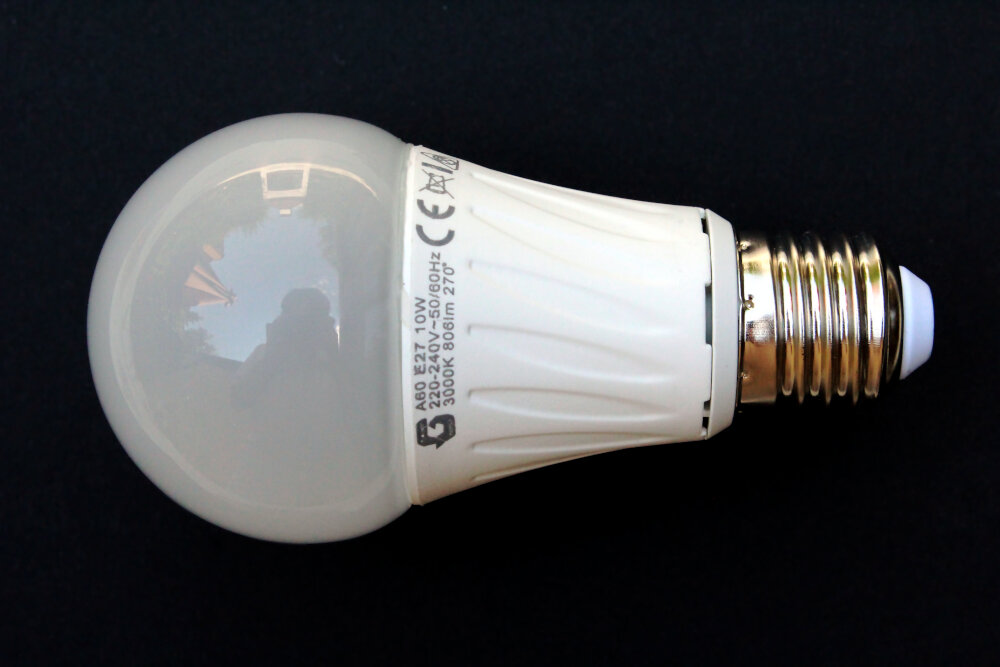
In conclusion, determining whether a light is LED or not is not a difficult task. One can easily spot the difference by observing the light quality, energy efficiency, and physical appearance. LED lights have a brighter and more consistent light output, consume less energy, and have a longer lifespan compared to traditional lights. Moreover, LED lights are cooler to the touch and have a distinctive look, making them easy to identify. It is essential to switch to LED lights to save energy and reduce environmental impact. By being mindful of these factors, one can easily differentiate between LED and non-LED lights and make informed decisions when it comes to lighting choices.

